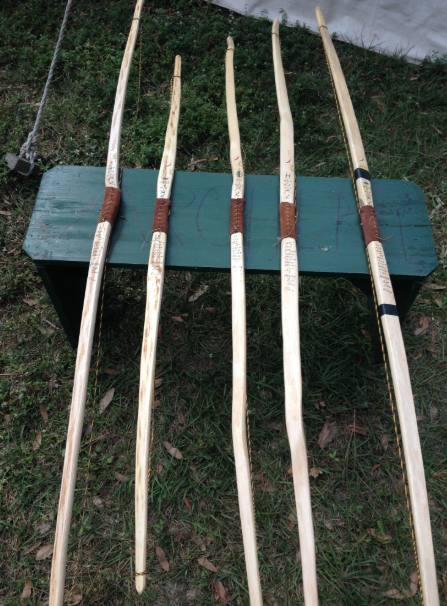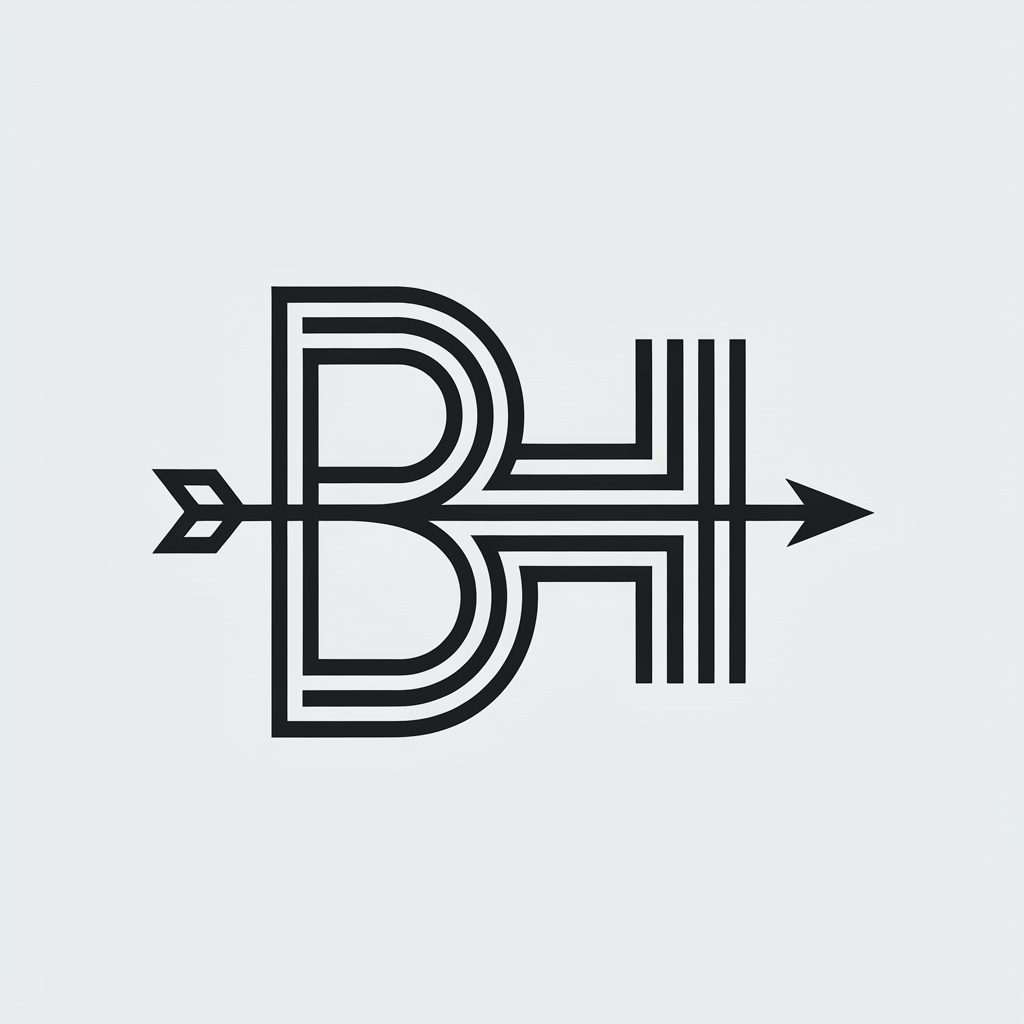The self bow is one of the simplest and oldest types of bows ever used by humans. It is made from a single piece of wood (often referred to as “self” wood), as opposed to composite bows which are made from multiple materials.
Historical Context: The self bow was used by early humans in various cultures, often in combination with stone or bone-tipped arrows.It has been used in prehistoric times and continued into the medieval period before more advanced bow types like the longbow or composite bow became widespread.Because it can be made from available materials in nature, it played a crucial role in early human survival and warfare.While composite bows have greater performance, the self bow is highly significant historically as one of the first successful designs for archery.
Use: The self bow was primarily used for hunting and warfare, especially in cultures with less access to advanced bow-making technologies. It’s simpler to make and requires fewer resources than composite bows, but it also has limitations in terms of range and power.
Profile: The bow usually has a D-shape or a reflex-deflex profile. In the D-shape, the bow’s back (the side facing away from the archer) is flat or slightly curved, while the belly (the side facing the archer) has a pronounced curve. This curve is more pronounced in a reflex-deflex bow, where the limbs curve outward toward the tips before curving back inwards toward the grip.
Length: The self bow is typically longer than modern bows, often around 5 to 6 feet in length, depending on the archer’s height and the type of bow.
Grip: The handle area is usually in the center of the bow, where the archer grips it. This section is often slightly thicker and may have a natural contour to fit the hand.
Limbs: The limbs are tapered, being thickest near the grip and gradually becoming thinner toward the tips.They are flexible and bend as the bow is drawn, with the tips being the most flexible part of the bow.The limbs are usually curved when unstrung, and they bend evenly across their length when drawn, storing energy efficiently for shooting.
Tips: The tips of the bow are often notched to hold the string. They may be slightly pointed or taper off gradually, depending on the bow’s design.
String: The string is usually made of natural fibers, such as bowstring hemp or sinew.The string is attached to the notches at the tips of the bow and is generally shorter than the length of the bow.
Brace Height: Low



Prehistoric
